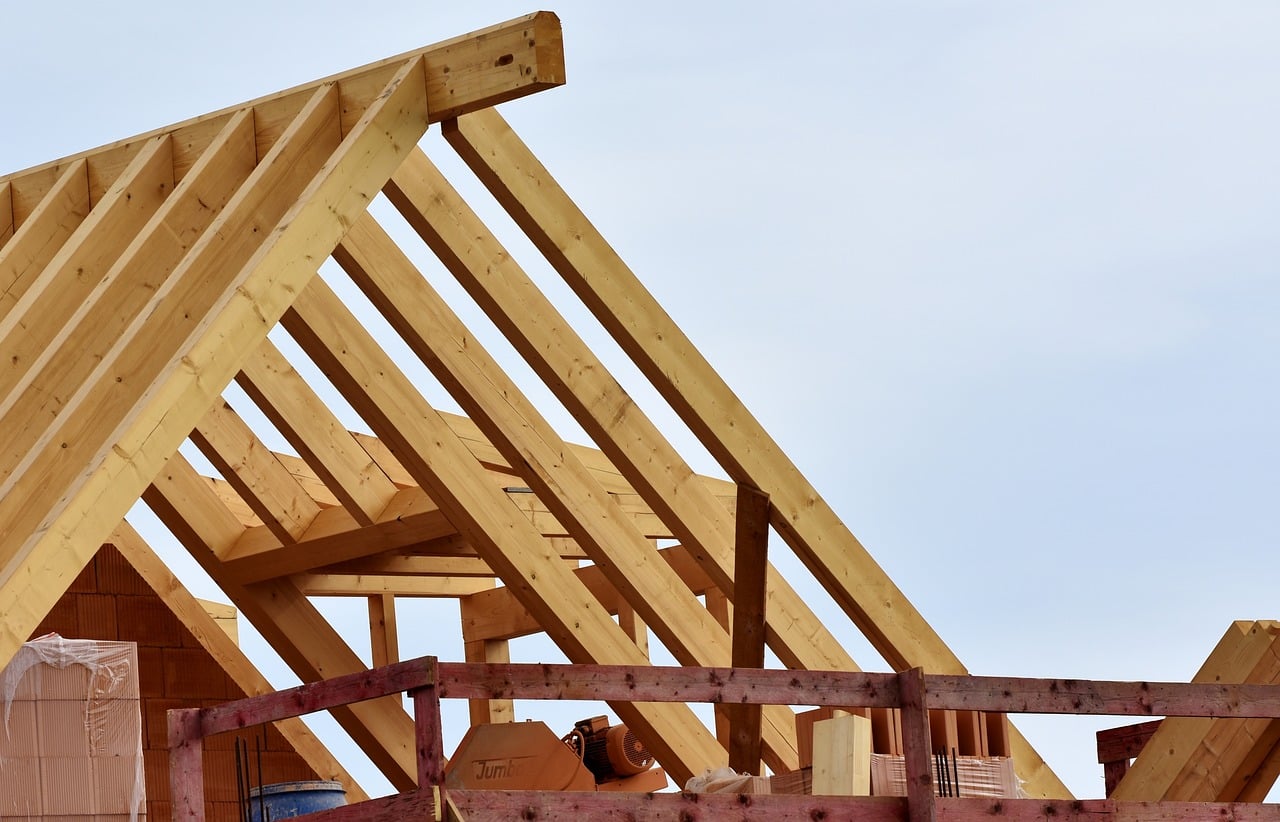The real estate development industry rates February 2024 as markedly better than January. The continuation of the current pace of issuing building permits offers a chance to reignite the investment enthusiasm of developers. Also significant for the housing market is the decision to delay the enactment of the regulation concerning the technical conditions that should be met by buildings and their positioning. These rules were supposed to apply as of April 1 this year and put many new multi-family investments into question.
Building Permits
In February this year, developers received approval for the construction of 15.4 thousand new apartments. This can be regarded as a relative bounce back. The year-on-year increase for the period January-February in the real estate sector was 42.3 percent, but we must remember that at the beginning of last year these results were the weakest in several years, which rather distorts the comparison and can lead to premature, over-optimistic conclusions.
Nevertheless, we should be happy that since September 2023 the release of permits has had a strong dynamics, around 15 thousand new apartment permits provided to developers every month. If this pace is maintained, it could rebound after a disastrous 2023 when the least permits were given in over five years.
However, we cannot forget about the need for systemic improvement of the supply of new investments. For this legislative changes are needed that will improve the conditions for implementing the investment process in Poland.
Initiated Investments
Statistics by GUS for February demonstrate the continuation of a very positive trend for the market – a gradual resurgence in supply in terms of new development investments. In February, developers commenced construction of 14,179 new apartments. The last time we observed better results for a single month was in June 2022, and it was artifically induced by the enactment of new regulations of the development law. An increase of 111.4 percent y/y may look really impressive. However, remember that this is primarily the effect of a low base, as the turn of 2022 and 2023 were the worst times for developers in terms of new investments for eight years.
The restoration of the developer’s investment enthusiasm was boosted by the introduction of the Safe Loan 2% programme, changes in regulations concerning environmental decisions, an overall improvement in the economic situation, and the easing of credit policy by the Financial Supervision Commission (recommendation S).
“In the coming months, we will see whether this dynamics will continue. On the one hand, this will depend on buyer sentiment and financial capacity, on the other – on the ability to ensure an adequate level of supply. Investors across the country are pointing out that a lack of appropriate land and prolonged procedures block the option of structurally increasing the supply on the biggest markets,’ says Patryk Kozierkiewicz, expert of the Polish Association of Development Companies.
Occupancy Permits
In February, the result of the developer sector in the field of apartments handed over for use was slightly better than in the disastrous January, where we noted the worst data for a single month in years. However, the performance of the sector from January to February is still weaker by 5.9 percent than in the corresponding period in 2023. The PZFD has been warning in its messages for some time that a downward trend will be observed from 2024 and 2025. This is a result of a substantial weakening of investment activity, a decrease in the supply of available land, and the high complexity of administrative procedures during the completion of development projects. Fewer new construction projects in recent years will naturally lead to a decrease in the volume of apartments handed over for use.
There are also no reasons for optimism among individual buyers, who received one fifth fewer homes in the first two months of the year than a year earlier. The total decrease in the pace of construction for all sectors was 11.7 percent. This confirms the PZFD’s predictions, which warned of the need to improve the supply situation.
